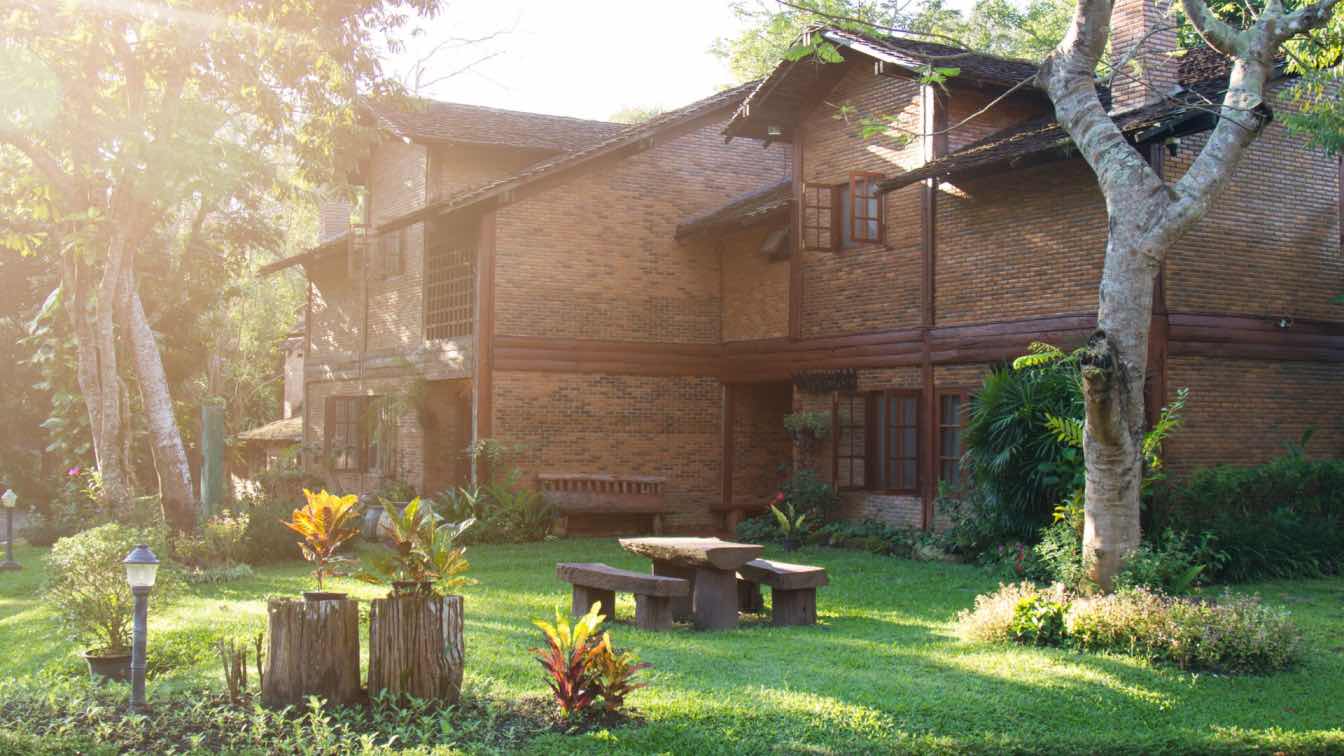The windows and doors industry stands at the precipice of a technological revolution. As buildings worldwide strive for greater energy efficiency and occupant comfort, one innovation is emerging as a game-changer: electrochromic smart glass. This dynamic glazing technology promises to transform not just how we think about windows, but how buildings interact with their environment on a moment-by-moment basis.
The Science Behind the Magic
Electrochromic glass represents a quantum leap from traditional static glazing systems. Unlike conventional windows that maintain fixed optical properties, electrochromic technology enables glass to dynamically adjust its tint in response to electrical signals. The science involves multiple ceramic layers coated onto glass, creating a sophisticated electrochemical system that can modulate light transmission from 60% in its clear state down to just 1% when fully tinted.
The process begins when a small electrical charge—less than what's needed to power a typical home internet modem for 3,000 square feet of glass—causes lithium ions to transfer between layers within the glass coating. This ion movement triggers a reversible change in the material's optical properties, allowing architects and building managers unprecedented control over solar heat gain and natural light penetration.
What sets electrochromic glass apart from other smart glass technologies is its "memory" capability. Once the glass reaches its desired tint level, it maintains that state without continuous electrical input, unlike competing technologies that require constant power. This energy-efficient operation makes it particularly attractive for large-scale architectural applications.
Transforming Architectural Possibilities
The architectural implications of electrochromic smart glass extend far beyond simple window tinting. This technology enables architects to design buildings with expansive glass facades without compromising energy efficiency or occupant comfort. The glass can respond to changing environmental conditions throughout the day, automatically adjusting to reduce glare during peak sun hours while maximizing natural light when conditions are optimal.
Leading manufacturers like SageGlass have developed sophisticated control systems that use predictive algorithms to anticipate lighting and thermal needs. These systems consider factors including building location, time of day, weather patterns, and occupancy schedules to optimize glass performance automatically. Real-time sky sensors provide 360-degree monitoring of environmental conditions, allowing the system to make intelligent decisions about when and how to adjust window tinting.
The aesthetic advantages are equally compelling. Electrochromic glass eliminates the need for external shading devices, blinds, or curtains, creating clean, unobstructed sightlines that enhance a building's modern appearance. The technology also addresses the age-old architectural challenge of balancing views with solar control, allowing designers to create buildings that are both visually striking and functionally superior.
Energy Efficiency and Environmental Impact
The environmental benefits of electrochromic smart glass align perfectly with growing demands for sustainable building practices. Studies indicate that buildings equipped with this technology can achieve energy load reductions between 5-15%, with peak energy load reductions reaching up to 26%. These savings primarily result from reduced cooling loads during summer months and decreased reliance on artificial lighting.
The technology proves particularly effective in "cooling-dominated" climates, where the ability to dynamically block solar heat gain significantly reduces air conditioning demands. In Dublin and other Irish cities, where windows and doors Dublin installations face variable weather conditions throughout the year, electrochromic glass offers year-round benefits by adapting to seasonal changes in solar angles and intensity.
Beyond immediate energy savings, electrochromic glass contributes to green building certifications and LEED points, making it an attractive option for developers pursuing sustainability goals. The technology's ability to provide continuous daylight access while controlling glare and heat supports healthier indoor environments, contributing to improved occupant productivity and wellbeing.
Market Growth and Commercial Adoption
The commercial viability of electrochromic smart glass has reached a tipping point. The global smart glass market, valued at $6.7 billion in 2024, is projected to reach $29.7 billion by 2034, with electrochromic technology leading this growth trajectory. The smart windows segment specifically is expected to grow at a compound annual growth rate of 11.2% through 2032.
Recent product innovations have addressed many early adoption barriers. SageGlass introduced RealTone technology in 2024, eliminating the characteristic blue hue of earlier electrochromic products and providing more neutral color rendering. Newer systems also feature faster switching times—typically under three minutes regardless of glass size—compared to earlier versions that could take 20-30 minutes for large installations.
The construction industry's growing focus on smart buildings and IoT integration has created fertile ground for electrochromic glass adoption. Corporate headquarters, hospitals, universities, and high-end residential projects increasingly specify this technology as standard rather than premium features.
Applications Across Sectors
While architectural applications dominate current deployment, electrochromic glass is expanding into diverse sectors. The automotive industry integrates the technology into sunroofs and windows, while aerospace applications include passenger windows that automatically adjust to reduce glare during flight. Marine applications are emerging for luxury yacht installations, where the technology provides both privacy and environmental control.
In healthcare settings, electrochromic glass offers particular advantages by providing patients with natural light access while allowing medical staff to control privacy and glare as needed. Educational facilities benefit from the technology's ability to optimize learning environments by maintaining appropriate lighting levels throughout the day.
Looking Forward
As electrochromic smart glass technology continues to mature, several trends are shaping its future development. Integration with building management systems is becoming more sophisticated, with AI-driven controls that learn from occupant preferences and environmental patterns. Self-cleaning and self-repairing capabilities are emerging as next-generation features that could further reduce maintenance requirements.
The technology's cost trajectory is following typical patterns for innovative building materials, with prices decreasing as manufacturing scales increase and competition intensifies. Government incentives, including the US Dynamic Glass Act's 30% tax credits, are accelerating adoption and helping establish market momentum.
Conclusion
Electrochromic smart glass represents more than an incremental improvement in glazing technology—it embodies a fundamental shift toward responsive, intelligent building systems. As the construction industry continues its evolution toward greater sustainability and occupant-centric design, this technology offers a compelling solution that addresses multiple challenges simultaneously.
For architects, developers, and building owners considering future-ready glazing solutions, electrochromic smart glass provides a pathway to enhanced energy performance, improved occupant comfort, and architectural excellence. As this technology continues to mature and costs decline, it promises to become as fundamental to modern building design as low-E coatings were to the previous generation of high-performance windows.
The revolution in smart glazing is not coming—it has arrived. Electrochromic glass is reshaping how we conceive the relationship between buildings and their environment, one window at a time.





